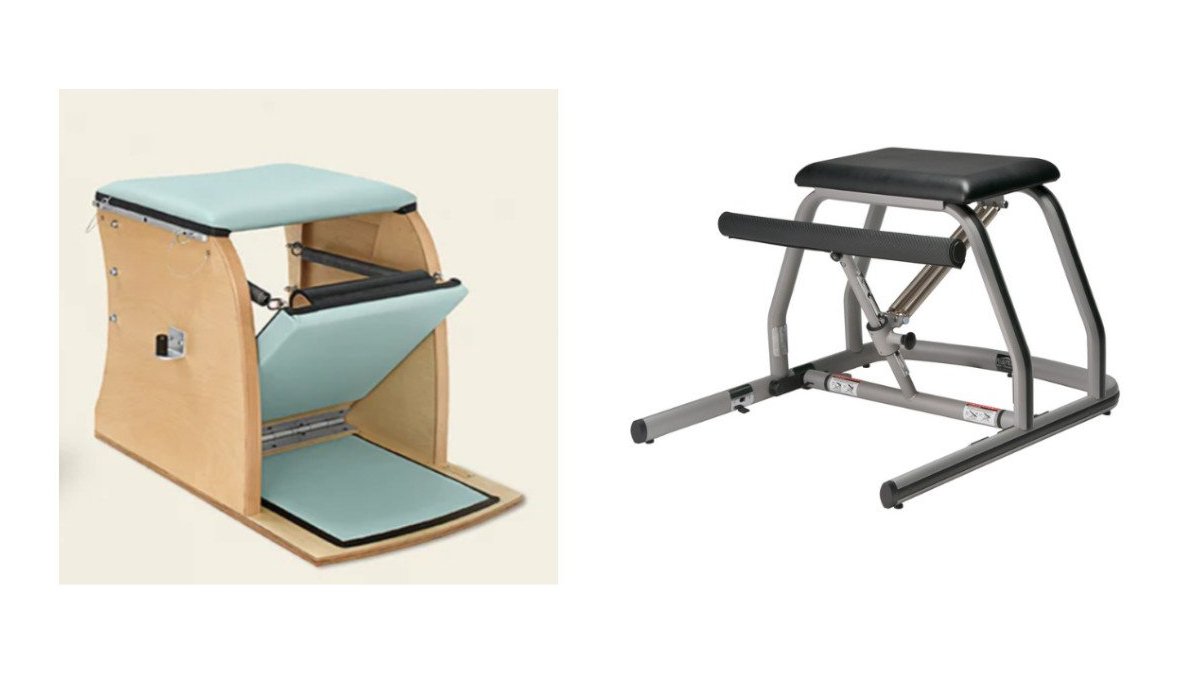

Classical Pilates is an Insult to Joe's Genius
The recent demise of TV personality Suzanne Somers made me reflect on the success of the Thigh Master. In the 90s, Somers sold millions of these gadgets saying "You just put it between your knees and squeeze." I remember the TV infomercial and exclaiming, “It’s just a copy of Joe’s Magic Circle!”

Pilates Then and Now
Having practiced Pilates for almost 60 years, I was there when Joe, the founder, was still alive. It was the year 1991 when this practice, which was nearly fading into oblivion, experienced a revival. After Joe's death in 1967, his wife struggled to keep the studio running. It was barely profitable and those who Joe trained, such as Ron Fletcher, Walter, and Corolla Trier who each started their own studios, weren't available to help. Not even Eve Gentry, who had developed her own method in New Mexico, could lend a hand. The exception was Romana Kryzanowska, who had nothing and was delighted to take over.